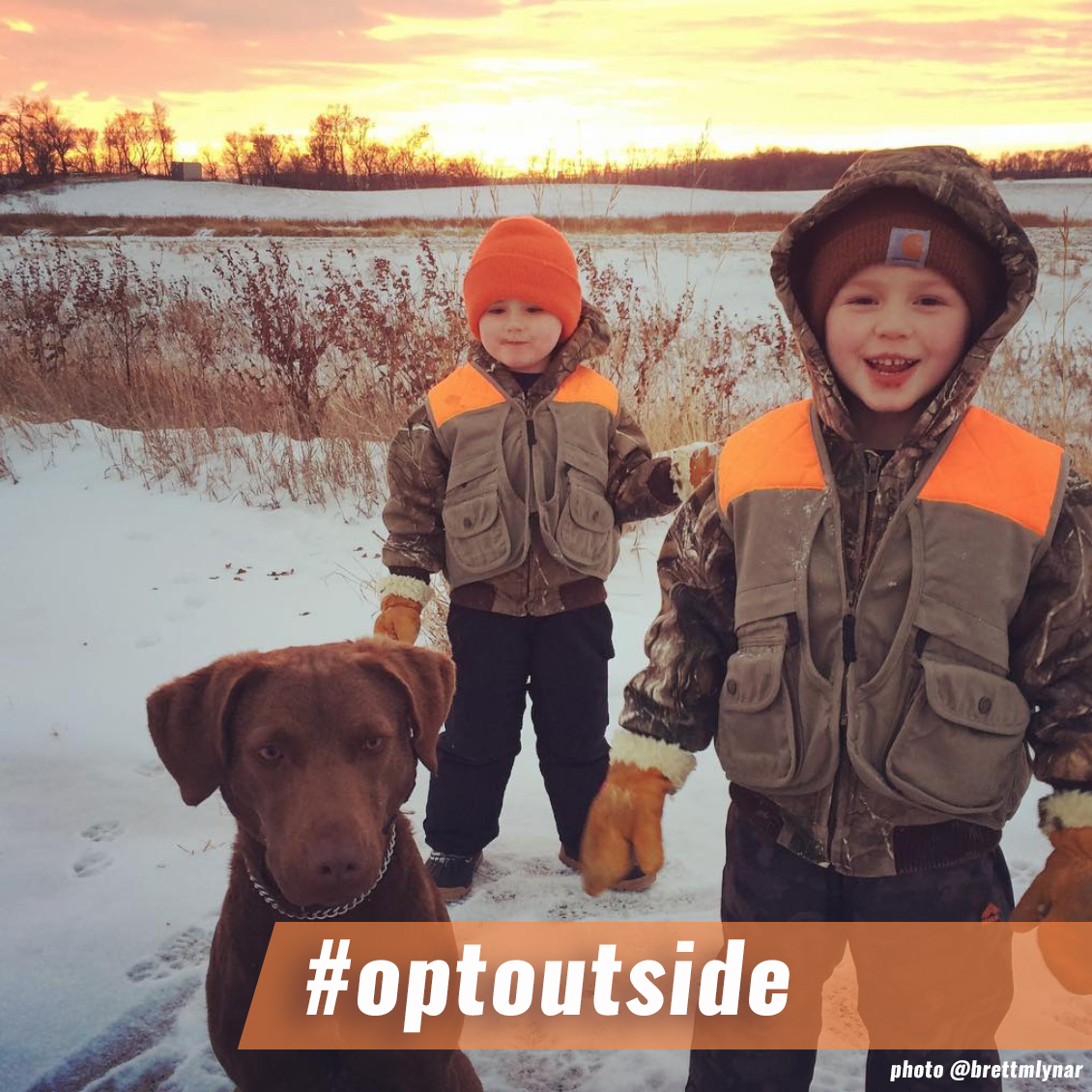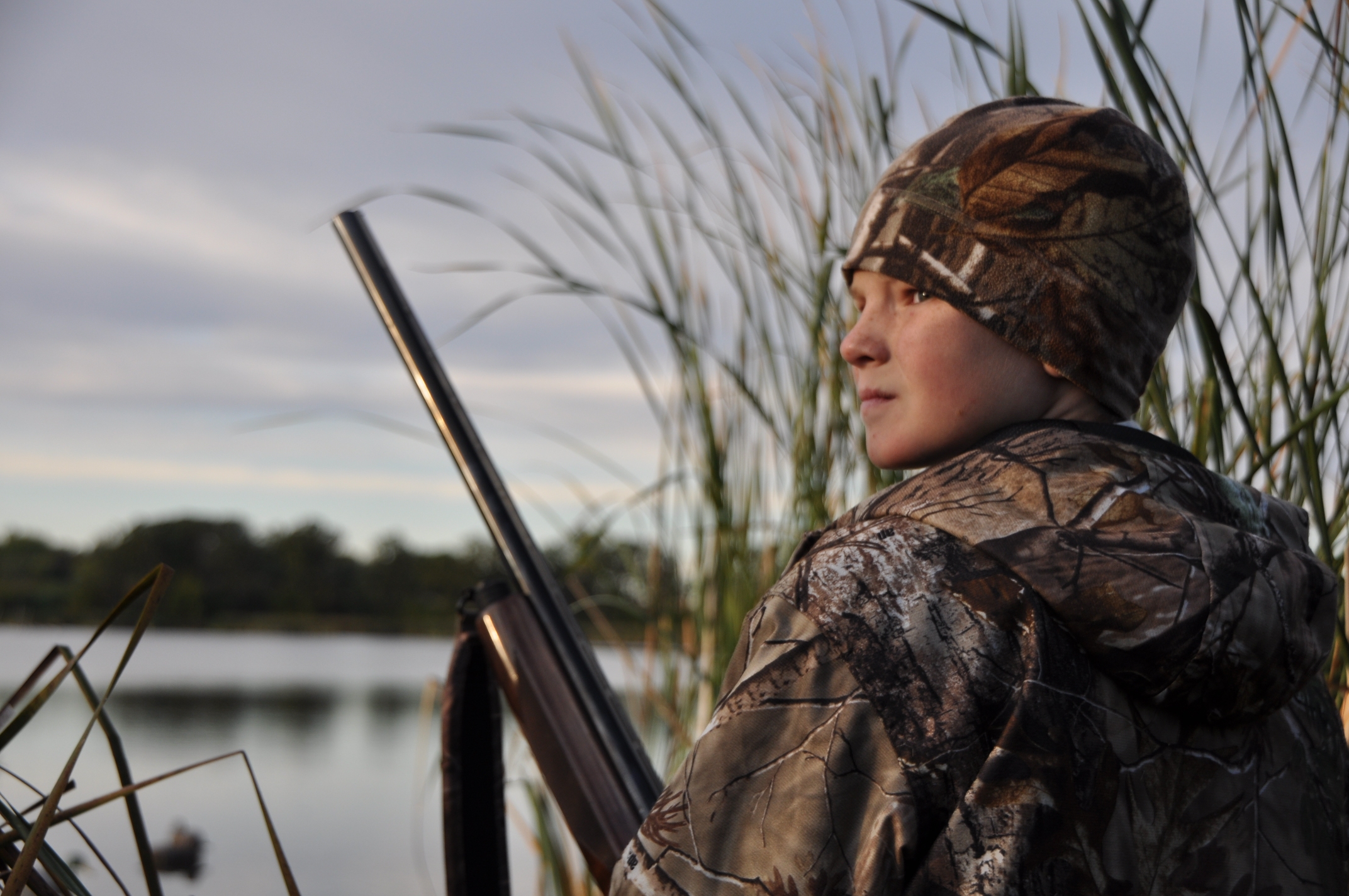The agency’s revised sage grouse conservation plans for 11 Western states will play a major role in determining the future of the sagebrush ecosystem, which supports more than 350 species
Today, the Bureau of Land Management revealed its revised plans to conserve greater sage grouse populations across nearly 70 million acres of public land in 11 Western states. The Trump administration’s approach will replace the original Obama-era plans, which helped to give the U.S. Fish and Wildlife Service confidence that the species did not warrant listing as threatened or endangered in 2015.
While the state-specific plans maintain the basic framework of the originals, which were created through years of collaborative effort, the new plans do not provide the same safeguards for certain sagebrush habitats. There is more potential for development and mineral extraction within sage grouse habitat in the new plans. Combined with the Department of Interior’s policy shift on habitat mitigation, this could be cause for concern.
“These new plans are a mixed bag, with some changes addressing legitimate requests from the states to help align with their conservation approaches and other changes stripping back protections for core sage grouse habitat and creating more uncertainty for the West,” says Whit Fosburgh, president and CEO of the Theodore Roosevelt Conservation Partnership.
“Unless the impacts of development are properly mitigated to avoid further habitat loss, sage grouse could easily become a candidate for the threatened and endangered species list yet again. Success will ultimately come down to implementing these new plans to the letter, and never wavering from an approach that produces results for sage grouse populations and other species that depend on the sagebrush ecosystem. We will continue working with the BLM, the states, industry, and local partners to ensure that happens,” says Fosburgh.
Changes That Create Uncertainty
The revised plans eliminate focal areas, a subset of about 11 million acres of priority habitat on BLM land that would have been permanently withdrawn from any potential mineral extraction in the 2015 plans. The original no-surface occupancy policy remains—meaning infrastructure for development cannot be built on priority habitat—but the revised plans also give the BLM more flexibility to waive these protections in certain cases.
Mitigation also remains a sticking point, now that the Department of the Interior maintains that it lacks legal authority to require developers to pay for any negative impacts to habitat. (Quick tip: Here’s a metaphor that helps explain mitigation using beer!) This shifts the onus of regulation to the individual states, each of which has different mitigation standards and legal requirements. The states now must ensure their mitigation approaches are not only effective at curbing habitat loss, but also at holding all developers accountable on a level playing field.
“We cannot manage grouse at a level where we are only one major event away from having to list the bird,” says Steve Belinda, executive director of the North American Grouse Partnership. “Habitat, particularly on public lands, must be managed to withstand events we cannot control, like drought, fire, and disease, so conservation can be balanced with energy development, grazing, and other human activities we can control.”
No Time to Waste
The Trump administration first initiated a review of the original conservation plans in 2017. Since that time, secretarial orders and instruction memorandums issued by the DOI set the stage for amending the 2015 plans and changing how habitat is prioritized in relation to eligibility for oil and gas leasing.
A year ago, 105 wildlife and habitat experts urged the BLM and Secretary Zinke not to deviate from what the best science indicates is necessary in sagebrush country. They warned that major amendments to the 2015 plans and a lengthy delay in implementing conservation work could drastically alter the course for habitat conservation and undo years of hard work.
This is time that sage grouse don’t have to waste.
It will be important to move forward swiftly with implementation of any plan to conserve sagebrush habitat and begin tracking the effectiveness of conservation measures. “Whatever approach we take, the outcome for sage grouse and sagebrush habitat will need to be legally defensible,” says Dr. Steve Williams, president of the Wildlife Management Institute and former director of the U.S. Fish and Wildlife Service. “If there is not enough regulatory certainty, if there is too much flexibility leading to negative impacts on habitat, and it is determined that our actions were not effective, we may end up facing a legal challenge deeper than the one we started from years ago. At that point, it’s difficult to see a future where sage grouse aren’t reconsidered for listing.”
“The scale and magnitude of sage grouse conservation planning, while extraordinary, has always been an enormous experiment, and management actions largely remain untested,” says Dr. Ed Arnett, chief scientist for the Theodore Roosevelt Conservation Partnership. “We need solid research and monitoring to demonstrate that management efforts implemented in these plans are, in fact, good for grouse. Until we see conservation manifested on the ground, we still just have good intentions for habitat and birds on paper in planning documents.”
The U.S. Forest Service is finalizing its own amendments to eight forest plans dealing with sage grouse conservation in the West. The public comment period for those proposed amendments closes on January 3, 2019.







The Farm bill should help stop giving grant money, such as a project in Andover Massachusetts that was funded through a $9,000 state grant from the Division of Fisheries and Wildlife. There are many other grants the Division has given to conservation commission amounting into the hundreds of thousands of dollars; however, the don’t allow trapping, restrict hunting and this money should be stopped because their non-scientific practices managing styles will hurt the wildlife we are trying to keep healthy.